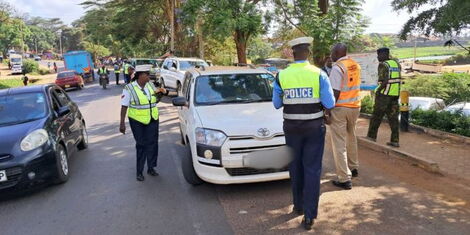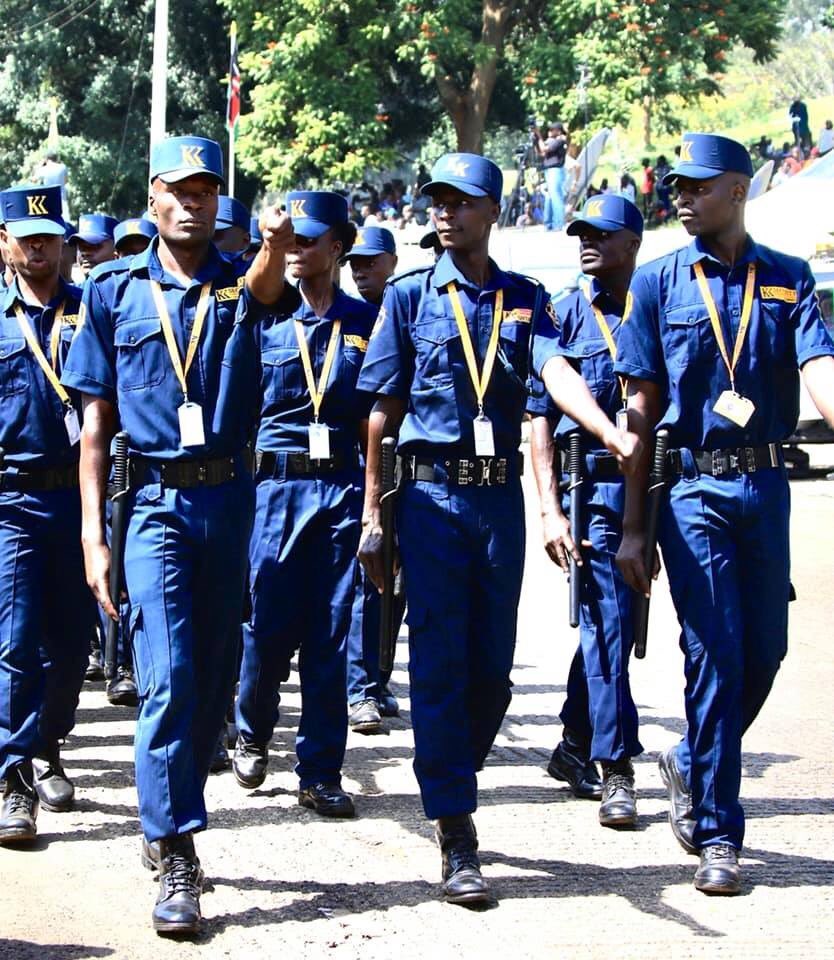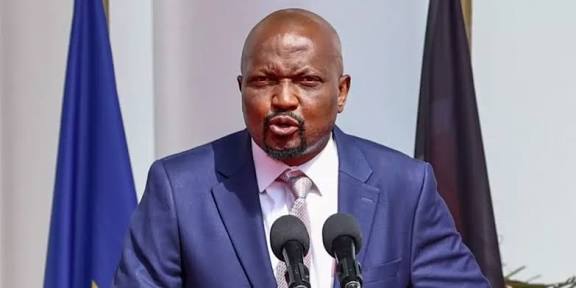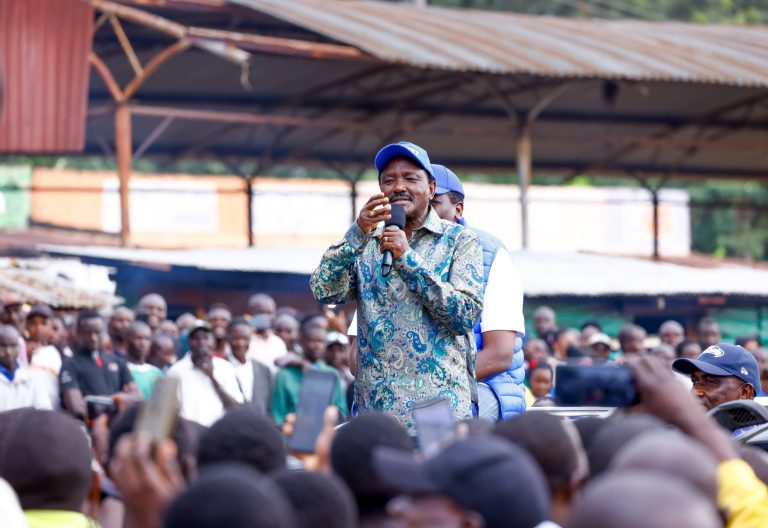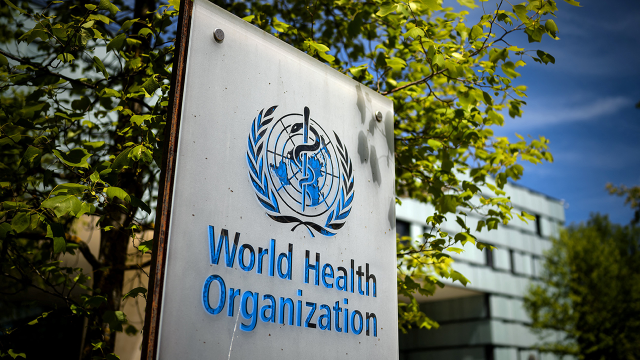
In a startling escalation of global health risk, the World Health Organization has issued a sharp warning that the mosquito‑borne chikungunya virus is poised on the brink of unleashing a major outbreak across multiple continents — echoing the scale of the 2004–2005 epidemic that affected nearly half a million people.
The WHO flagged the resurgence after devastating outbreaks erupted this year on Indian Ocean islands — Réunion, Mayotte, and Mauritius — where roughly one-third of Réunion’s population has already been infected, with hundreds hospitalized and dozens of deaths recorded.
According to WHO arbovirus specialist Dr. Diana Rojas Alvarez, the virus has already spread into Africa — including Madagascar, Somalia, and Kenya — and triggered active epidemics in South East Asia, while Europe has begun seeing local transmission, notably in southern France and Italy. She warned that these are the same warning signs witnessed before the 2004–2005 epidemic.

Chikungunya causes debilitating fever and joint pain; nearly 40% of sufferers may experience long‑lasting complications, and even with a low fatality rate, an outbreak of millions could lead to thousands of deaths. The virus is transmitted by Aedes mosquitoes — the same species responsible for dengue and Zika — and lacks a targeted treatment.
WHO has launched an urgent global action plan: ramping up surveillance, mosquito control, clinical readiness, and community awareness, while fast-tracking vaccine evaluations. Two candidate vaccines have received limited approvals, but broad rollout awaits decisive efficacy data and WHO endorsement..
Immediate steps urged by WHO:
- Widespread use of insect repellent, long-sleeved clothing, and window screens
- Elimination of standing water in household containers
- Strengthened lab capacity and healthcare training for prompt detection and response.
With 5.6 billion people living in chikungunya-prone regions spanning 119 countries, a global outbreak is not just possible—it’s looming.


